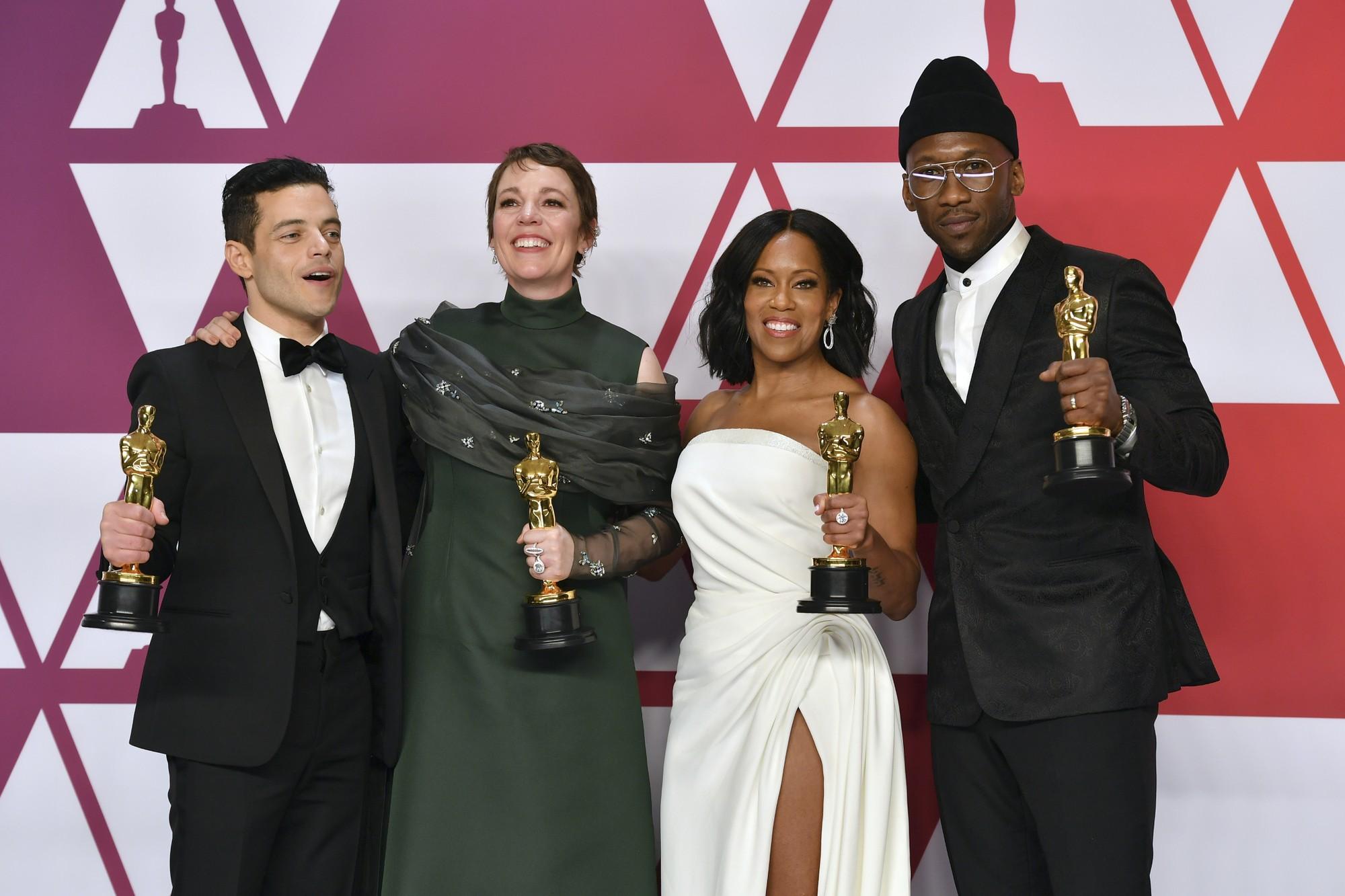The Oscars, Hollywood’s most prestigious awards ceremony, have long been a symbol of cinematic excellence, yet they persistently grapple with issues of diversity and representation, particularly within their major categories. Despite incremental progress and heightened awareness around inclusivity, the Academy of Motion Picture Arts and Sciences faces ongoing criticism for its lack of racial, gender, and cultural diversity among nominees and winners. This article seeks to dissect the underlying reasons for this persistent struggle, examining the structural, historical, and cultural factors that contribute to the underrepresentation of diverse voices. By analyzing these challenges, we aim to understand why the Oscars continue to fall short in reflecting the rich tapestry of global storytelling and to explore potential pathways toward a more inclusive future.
Historical Patterns and Systemic Barriers Affecting Diversity in Oscar Nominations
The landscape of Oscar nominations has long been shaped by historical patterns that inadvertently perpetuate a lack of diversity. The legacy of Hollywood’s golden age has cast a long shadow, creating a cultural echo chamber that favors narratives, characters, and creators from predominantly white, male backgrounds. These entrenched patterns often result in the underrepresentation of diverse voices in storytelling and filmmaking, influencing the types of films that are funded, produced, and ultimately recognized by the Academy.
- Predominance of Traditional Storytelling: The Academy has historically favored films that adhere to conventional Western storytelling norms, often sidelining narratives that explore different cultural perspectives.
- Industry Gatekeeping: Systemic barriers within the industry, such as limited access to funding and decision-making roles for underrepresented groups, contribute to a narrow pool of films eligible for nomination.
- Bias in Voting Practices: The composition of the Academy, which has historically been less diverse, can lead to voting patterns that reflect the preferences of a homogenous group.
These systemic barriers create a cycle that hinders progress toward inclusivity, challenging the Oscars to break free from the confines of its own history.

Evaluating the Role of Academy Membership Demographics in Shaping Outcomes
The composition of the Academy’s membership significantly influences the outcomes of the Oscars, particularly in terms of diversity in major categories. Historically, the Academy has faced criticism for a lack of representation among its members, which has often translated into limited recognition for diverse talent. Demographics play a crucial role in shaping the perspectives and preferences that guide voting decisions. When the majority of voters share similar backgrounds, it can result in a narrow scope of appreciation for different cultural narratives and artistic expressions.
Several factors contribute to this ongoing challenge:
- Age and Experience: A predominantly older membership may have traditional preferences, potentially overlooking groundbreaking works from younger, diverse filmmakers.
- Cultural Backgrounds: Limited diversity among members can lead to a lack of understanding or appreciation for films that resonate with different cultural or ethnic experiences.
- Industry Connections: Many members have long-standing ties within specific industry circles, which can influence voting patterns towards familiar faces and stories.
Addressing these demographic imbalances is crucial for fostering a more inclusive recognition of talent across the cinematic spectrum. Without significant changes in the composition of the Academy, the struggle for diversity in Oscar nominations and wins is likely to persist.

Impact of Industry Gatekeeping on Underrepresentation in Major Categories
In examining the reasons behind the continued lack of diversity in the Oscars’ major categories, industry gatekeeping emerges as a significant barrier. The entertainment industry, particularly in Hollywood, has historically been dominated by a select group of influential individuals and studios. These entities often dictate which films receive funding, distribution, and, ultimately, recognition. This control can lead to a narrow focus on stories and perspectives that align with established norms, effectively sidelining projects that represent a broader spectrum of human experience. As a result, films and performances by underrepresented groups frequently struggle to gain the visibility and critical acclaim necessary for award consideration.
- Homogeneous decision-makers: Key industry positions, including those in production and distribution, are often occupied by individuals from similar backgrounds, leading to a lack of diverse viewpoints.
- Funding disparities: Projects led by minority filmmakers or featuring diverse casts often face challenges in securing the same level of financial backing as their mainstream counterparts.
- Limited access: Emerging talents from underrepresented groups frequently encounter obstacles in accessing influential networks and resources, restricting their opportunities for major award recognition.
Addressing these entrenched barriers requires a concerted effort to democratize the decision-making processes within the industry, ensuring that a wider range of voices can contribute to the cultural narratives that reach audiences worldwide.

Strategies for Reform: Inclusive Practices to Foster Equitable Recognition
In order to address the persistent diversity issues in major award categories, the Oscars can adopt a range of inclusive practices designed to foster equitable recognition. One effective strategy is the implementation of blind voting processes. By anonymizing the names of the nominees during the initial rounds of voting, Academy members can focus solely on the artistic merit and impact of the work, rather than being influenced by preconceived notions or biases related to race, gender, or other factors.
Another approach is the expansion of the Academy’s membership to include a broader spectrum of voices. By actively recruiting a more diverse group of voters who bring varied perspectives and experiences, the selection process can better reflect the rich tapestry of storytelling present in the film industry today. Additionally, offering comprehensive bias training for all members could help raise awareness and reduce unconscious prejudices. These steps, among others, could serve as crucial elements in creating a more inclusive and equitable awards system.
